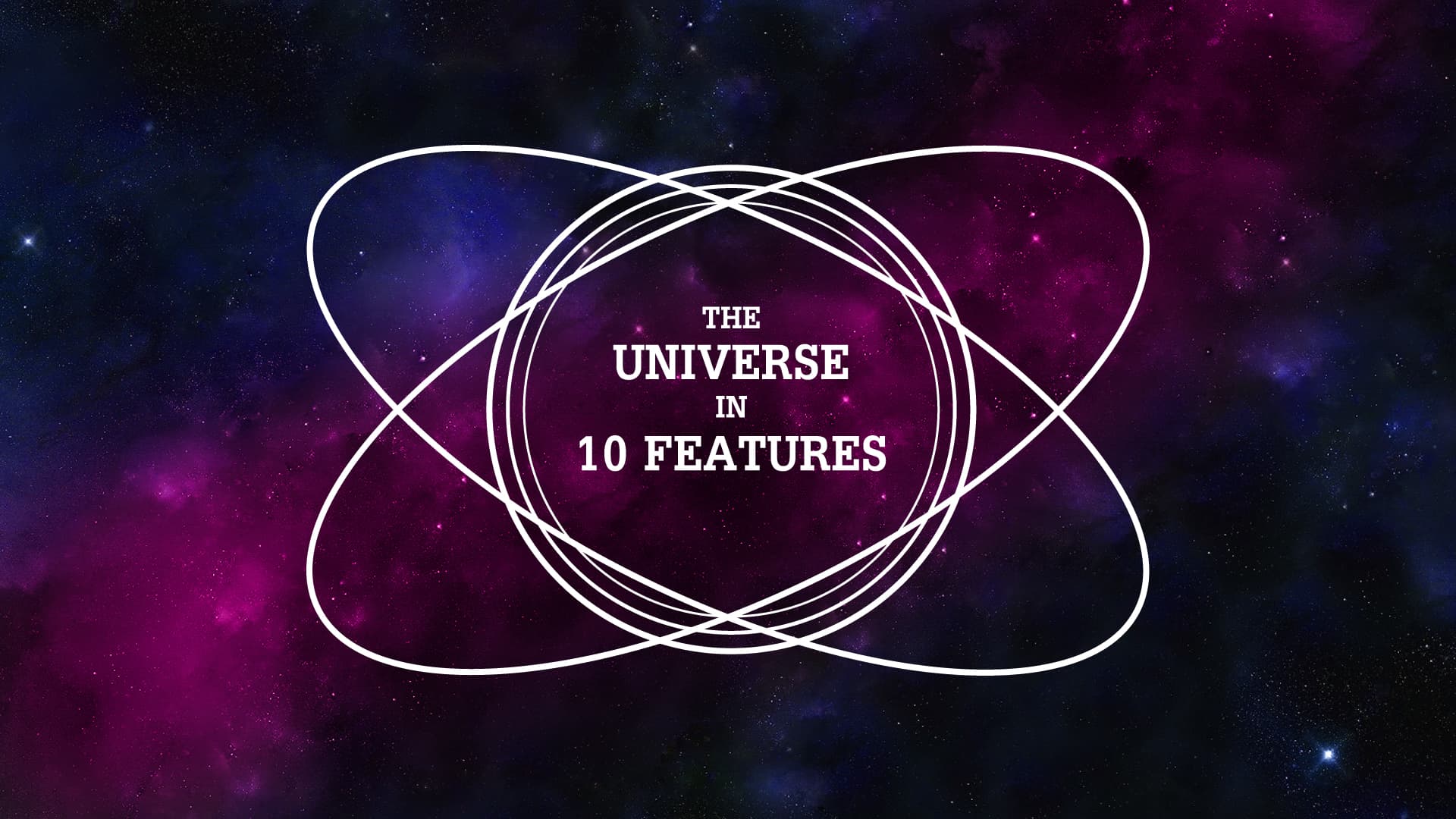The third feature is about Population III stars. These stars are the first lights that shone in the Universe. These stars no longer exist, but affected the environment of the early Universe. They formed between a million and 10 million years after the Big Bang and they were made almost exclusively of hydrogen.
You see in the formation of elements in the early universe (which is called nucleosynthesis) only a small fraction of Helium and Lithium formed, with the vast majority of matter was Hydrogen. Now elements other than hydrogen, which are called metals in astronomy, are important in the formation of stars. They cool down molecular clouds allowing them to condense and eventually collapse. The gravitational collapse heats up the cloud again but it’s so quick that generates the nuclear fusion and suddenly a star is born. Adding metals makes this process more quickly and makes the stars smaller.
Without metals the average size of the stars could have been significantly bigger than our sun. We are yet to observe one so we can’t really be sure, but most people agree that the range of masses could have gone from slightly less than our yellow companion to a staggering 1000 times more massive. Some hypotheses expect even 10 thousands times more massive.
Stars so big had short life spans and when they did explode they generated spectacular supernovae and left behind massive black holes, which probably merge to form the super massive black holes that reside within the core of most galaxies.

